Un outil scientifique au service de l’environnement
En 2025, outre ses missions de mesures et d’information sur la qualité de l’air, le ballon Generali de Paris sensibilise le public au changement climatique.

Le ballon affiche en temps réel sur son enveloppe :
- L’augmentation de la température anuelle moyenne comparée à l’ère pré-industrielle dans le monde et en Europe
- L’augmentation de la température mensuelle moyenne en Europe par rapport aux moyennes des périodes de référence 1991-2020
Pour cela il collabore avec les services Climat et Atmosphère de Copernicus, le programme d’observation de la Terre de la Commission Européenne. Ces services, mis en œuvre par ECMWF (European Centre for Medium-Range Weather Forecasts), rejoignent le cercle des partenaires scientifiques du ballon.
Indicateurs du climat affichés sur l’enveloppe du ballon
Grâce au partenariat avec ECMWF-Copernicus

1850-1900
Augmentation de la température annuelle moyenne dans le monde
par rapport à l'ère pré-industrielle

1850-1900
Augmentation de la température annuelle moyenne en Europe
par rapport à l'ère pré-industrielle

1991-2020
Augmentation de la température mensuelle moyenne en Europe
par rapport aux moyennes des périodes de référence 1991-2020
Une longue trajectoire scientifique
Depuis 2008, le ballon de Paris informe les parisiens sur la qualité de l’air en changeant de couleur en fonction des niveaux de pollution selon l’indice ATMO, basé sur les polluants les plus problématiques (dioxyde d’azote, dioxyde de soufre, ozone et particules fines).
L’indice ATMO, publié par Airparif depuis 2021, est un indice journalier qualitatif de la qualité de l’air. Il illustre la quantité des cinq polluants les plus problématiques pour la qualité de l’air – l’ozone, le dioxyde d’azote (NO2), le dioxyde de soufre (SO2) et les particules en suspension (PM10 et PM2.5) – avec la palette de couleurs suivante :

Source données : Airparif
En 2013, le Ballon Generali de Paris devient un véritable laboratoire volant au service de la qualité de l’air en embarquant des instruments de mesures scientifiques.
Le ballon mesure 3 polluants atmosphériques en temps réel, de 0 à 300 m
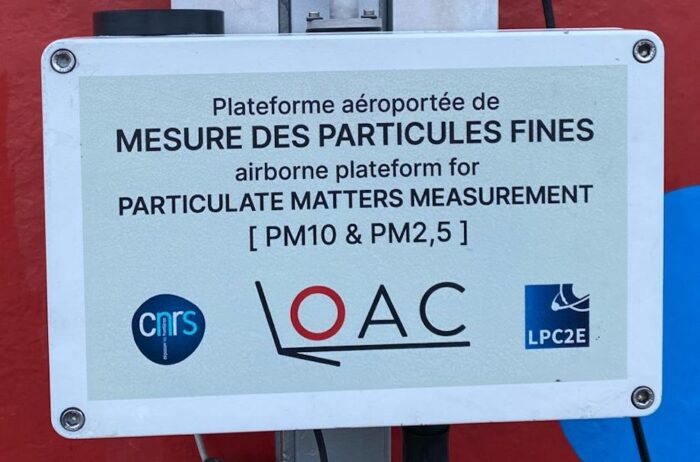
Particules fines
Dès 2013, le ballon mesure les particules fines présentes dans l’air ambiant, en temps réel depuis le sol jusqu’à 150 mètres de haut (300 m pour certains vols), grâce à l’instrument LOAC, en partenariat avec le laboratoire LPC2E du CNRS (Centre National de la Recherche Scientifique).
Particules fines
Responsables de 40 000 décès prématurés par an selon Santé publique France, les particules dont le diamètre est inférieur à 2,5 microns favorisent les maladies respiratoires. Capables de pénétrer en profondeur dans les bronches, elles peuvent atteindre la circulation sanguine et être la source d’AVC. Elles sont mesurées sur le ballon par le capteur LOAC.
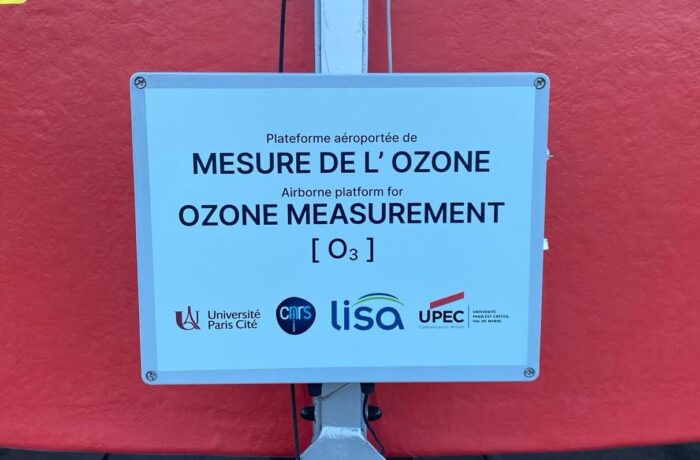
Ozone
À partir de 2018, d’autres instruments s’ajoutent, notamment pour étudier en temps réel l’Ozone en collaboration avec le laboratoire LISA.
Ozone
Que faire lors d’un pic d’ozone ?
En cas de forte pollution à l’ozone, sortez de préférence avant 11 h et après 20 h, évitez les activités physiques intenses, aérez votre logement 2 fois 10 minutes par jour, de préférence côté cour et en début de matinée en hiver ou la nuit l’été, et consultez en cas de gêne respiratoire.
L’OMS recommande de ne pas dépasser plus de 3 jours par an le maximum journalier de 100µg/m3.
La concentration la plus élevée jamais mesurée au Ballon Generali : 240 µg/m³ le 26 juillet 2018.

Pollens
Depuis 2024, le ballon abrite un capteur dédié aux pollens. Ses mesures sont consultables via l’application Live Pollen (Lify Air), qui propose aussi un système d’alertes à ses utilisateurs.
Pollens
Le changement climatique a augmenté les quantités de pollens diffusés dans l’atmosphère mais aussi rendu la croissance des plantes moins régulière et donc moins prévisible, ce qui rend la mesure en temps réel d’autant plus nécessaire pour favoriser la prévention. On estime à 7 % la population touchée par l’allergie aux pollens dans les années 70, contre 25 % aujourd’hui et 50 % en 2050.
Consultez l’application Live Pollen pour connaître en temps réel les niveaux de pollens mesurés localement.
Une vraie aide pour améliorer la qualité de vie des allergiques, en leur permettant de mieux anticiper !
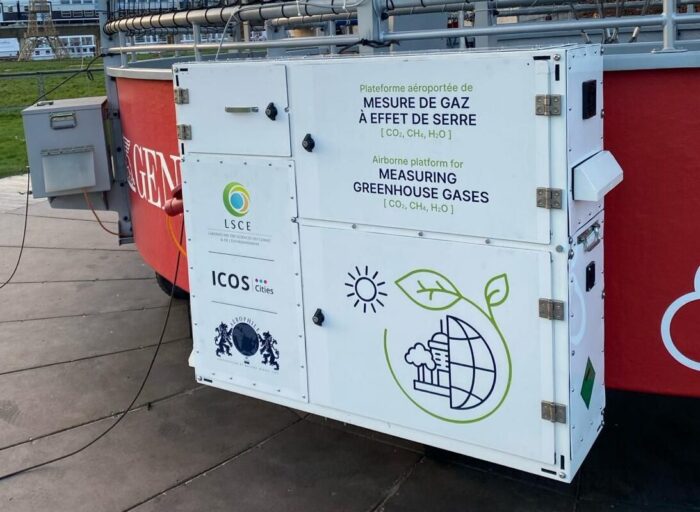
Mesure des gaz à effet de serre
Depuis 2024, le ballon Generali de Paris mesure aussi les principaux gaz à effet de serre (GES) avec des capteurs de méthane, de dioxyde de carbone et de vapeur d’eau (regroupés dans un seul boîtier LSCE – ICOS) dans le cadre du programme européen ICOS Cities.
Le ballon mesure en temps réel ces 3 éléments clés liés au réchauffement climatique
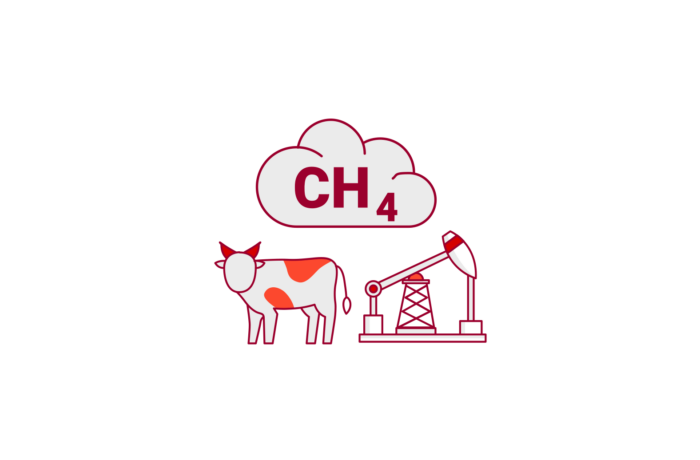
Méthane
Le capteur de méthane (CH4) installé par ICOS et porté par le Laboratoire des Sciences du Climat et de l’Environnement (LSCE) permet d’approfondir les connaissances sur les gaz à effet de serre en ville. S’il ne nuit pas directement à la santé humaine, le méthane est responsable de la moitié des augmentations des niveaux d’ozone de basse atmosphère, un polluant avéré de l’air.
Méthane
Le méthane est un puissant gaz à effet de serre : sur 20 ans, son effet de réchauffement est 80 fois plus important que celui du dioxyde de carbone.
Le méthane est à l’origine d’environ 30 % du réchauffement de la planète depuis l’ère préindustrielle et sa prolifération est extrêmement rapide.
Les principaux secteurs émetteurs de méthane sont l’agriculture (40%), les combustibles fossiles (35%) et les déchets organiques (20%).

Dioxyde de carbone
Également mesuré par un capteur du réseau européen ICOS, le dioxyde de carbone (CO2) est le principal gaz responsable de l’effet de serre et donc du changement climatique.
Pour la première fois, en 2022, les concentrations moyennes mondiales de CO2 ont dépassé de 50 % les valeurs préindustrielles.
Dioxyde de carbone
Les émissions mondiales de gaz à effet de serre (GES) ont augmenté plus rapidement entre 2000 et 2010 (+2,2% par an) qu’au cours des trois décennies précédentes. Maintenir un réchauffement inférieur à +2°C de température moyenne, comme le stipulent les Accords de Paris, nécessite de réduire les émissions mondiales de GES de 40 à 70%. Étant donné la durée de vie du CO2, le réchauffement déjà observé persistera pendant plusieurs décennies, même si les émissions baissent.
Le CO2 est produit par les animaux – et l’homme ! – lors de la respiration, mais aussi par la décomposition de la biomasse et l’utilisation de combustibles fossiles. Les plantes grâce à la photosynthèse peuvent le capturer en partie, d’où le rôle fondamental des forêts dans la capture du carbone.
Un peu moins de la moitié des émissions de CO2 demeure dans l’atmosphère. Les océans en absorbent un peu plus du quart et les écosystèmes terrestres tels que les forêts un peu moins de 30 %, selon les années.
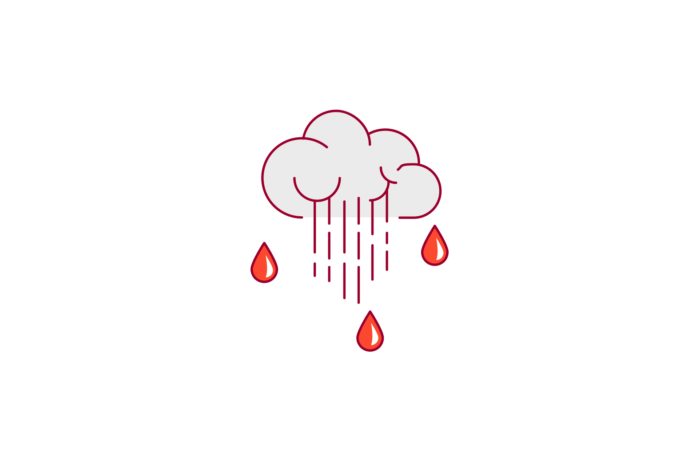
Vapeur d’eau
Pourquoi le capteur ICOS/LSCE mesure-t-il cet élément qui semble bien inoffensif ? Parce que la vapeur d’eau (H2O) joue un rôle majeur dans le système climatique, en tant que puissant gaz à effet de serre et agent de formation des nuages. Elle a en outre un effet de rétroaction : elle réagit très vite aux variations de température induites par les gaz à effet de serre persistants comme le CO2.
Vapeur d’eau
Si l’on considère la capacité d’emprisonner la chaleur provenant de la surface de la Terre, ce sont la vapeur d’eau et les nuages qui contribuent le plus au réchauffement. Mais la quantité de vapeur d’eau atmosphérique est la résultante directe de la quantité de CO2 et des autres gaz à effet de serre persistants, dont les concentrations augmentent.
Comme on ne peut agir directement sur le volume de vapeur d’eau que renferme l’atmosphère, car l’eau est présente partout – elle couvre 71 % de la surface terrestre, la seule façon de contenir la hausse des températures consiste à limiter la concentration des gaz à effet de serre que nous pouvons contrôler, comme le CO2.
